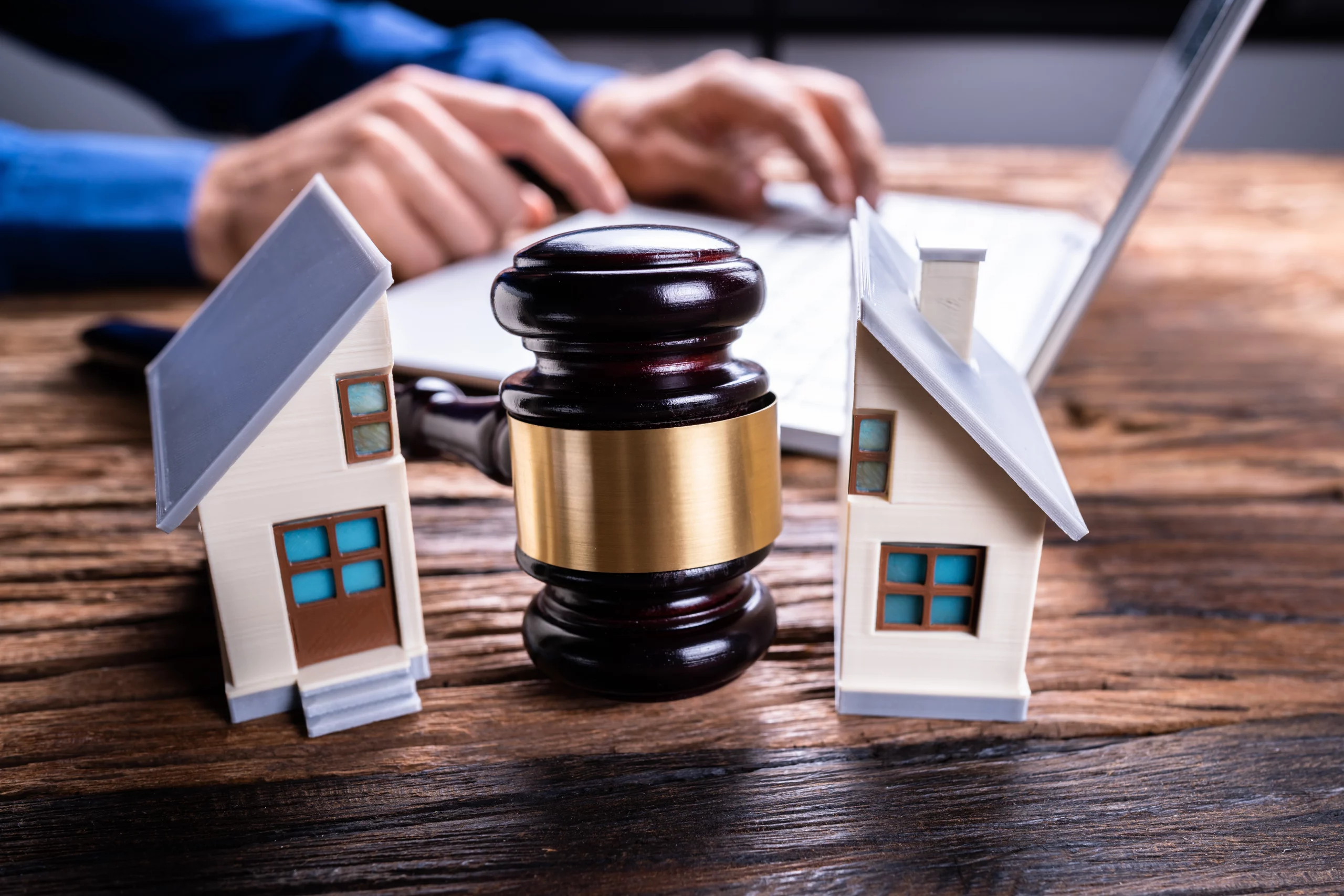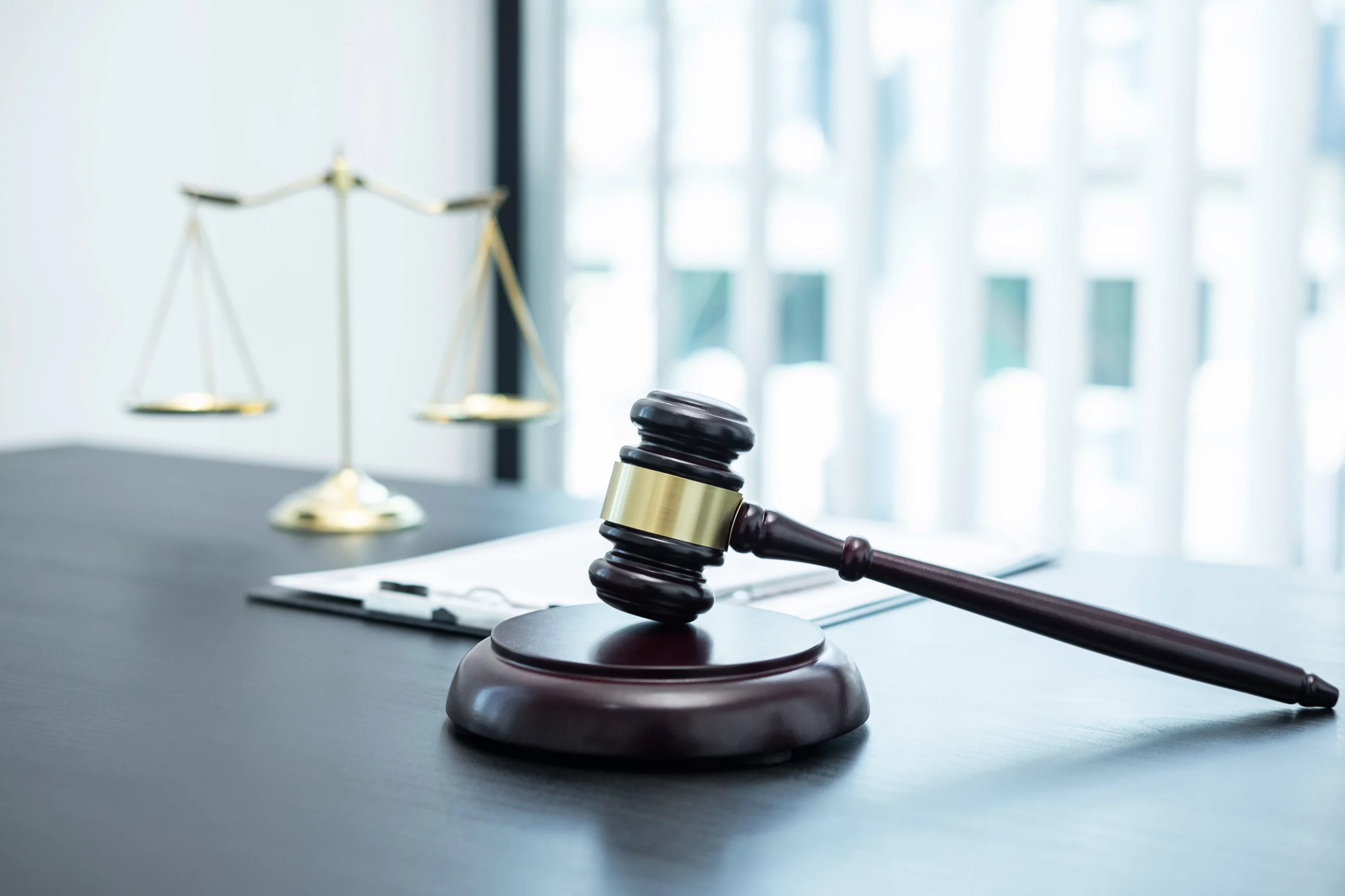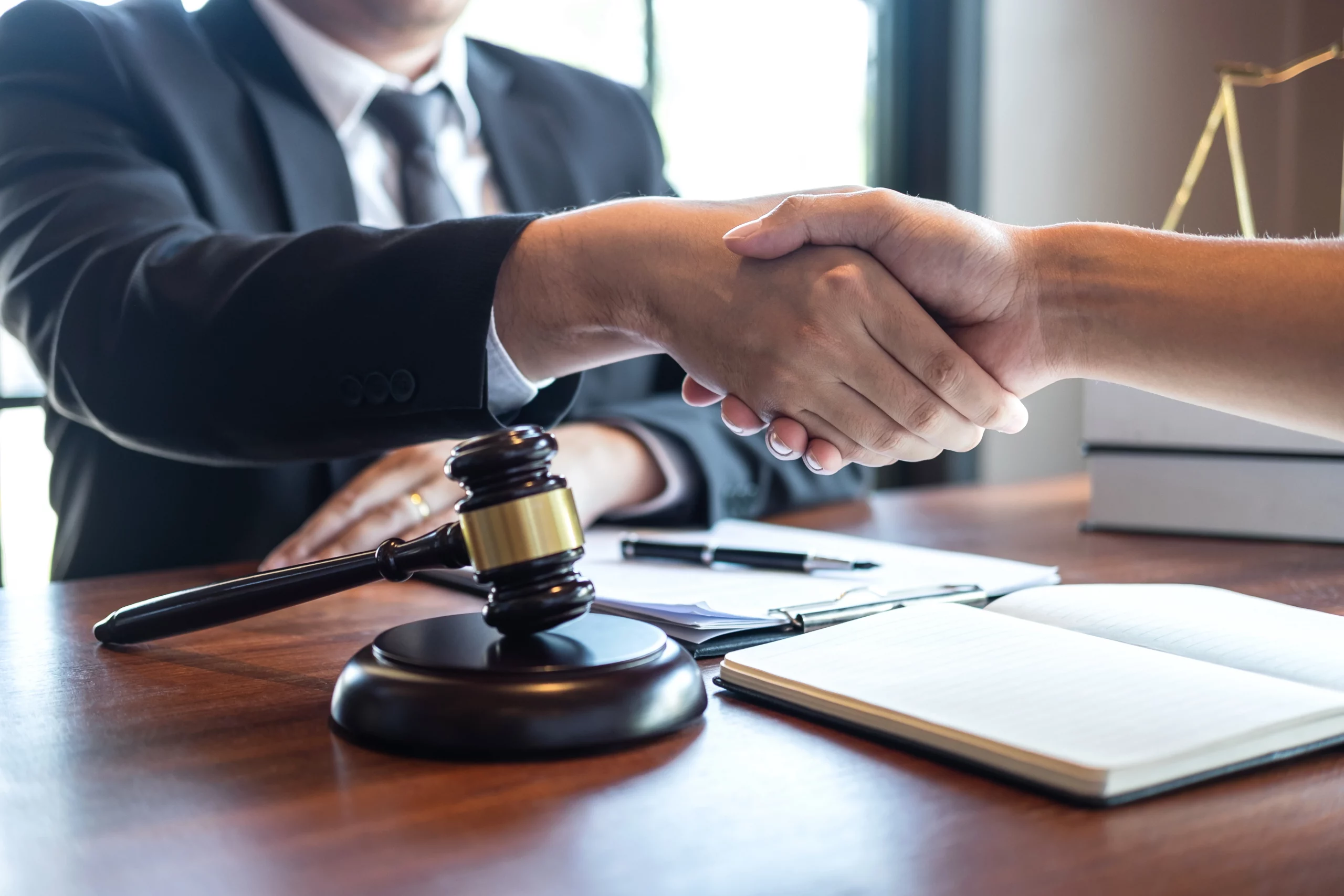Spoliation of Evidence after a Slip & Fall Accident
Colorado Springs Slip & Fall Law Firm
Premises Liability > Claims > Destruction of Evidence
Here’s how a slip and fall spoliation letter helps protect critical evidence you may need to win your injury claim.
Overall, the cost of treating injuries sustained from falls in the United States was over $50 billion in 2015. ¹
Injuries sustained from slip and fall accidents can be both short-term and long-term, costing a lot to treat and compensate for. A claim can be filed with the property owner’s insurance company which was at fault, to obtain financial compensation for the victim of an accident.
Proof that the business or property owner was at fault for your accident and injuries is typically required before an insurance company will make a payout.
To prevent the negligent party from getting rid of or otherwise “spoiling” material that could benefit your case, send them a “spoliation letter.”
Damage to, loss of, or tampering with evidence could lead to a judge finding that another party was at fault for your accident and fining them accordingly.
Injury Claims
Free Consultation
NO FEE UNLESS WE WIN
Letters of Spoliation and Their Significance
This is known as spoliation when evidence in a personal injury case is destroyed or tampered with on purpose. A common motive for this crime is the desire to get rid of evidence that could be used against the offender in court.
Removing surveillance footage of a slip-and-fall accident victim is an example of destruction.
A spoliation letter will require that the negligent party keep any evidence related to the incident.
The term “litigation hold” and “preservation letter” are synonyms for the term “spoliation letter.”
Upon receiving your letter, the property owner is legally obligated to keep all documentation of your slip, fall, and subsequent injuries. As part of this obligation, you must take precautions to avoid losing or destroying any evidence that could prove useful in solving the case.
Evidence tampering or destruction is bad because it can unfairly affect the outcome of damage claims. The victims will have to spend money trying to piece together destroyed evidence, which is an unwarranted expense.
A company’s policy may occasionally lead to the legitimate destruction of evidence. For instance, a supermarket chain may mandate that all CCTV footage be erased after 30 days.
The sooner you send a letter after an accident, the less chance the owner will have to delete evidence that you were on their property.
Holding on to Paperwork Just in Case
A person or organization is responsible for preserving evidence when it reasonably anticipates an injury claim or lawsuit, regardless of whether or not a spoliation letter has been issued.
The situation’s specifics typically determine when one should have foreseen a claim. However, according to the laws of most of these locations, anticipation occurs only when a claim or litigation is imminent.
The term “litigation hold” describes the freezing of assets in reasonable anticipation of litigation. Evidence of an accident must be kept and safeguarded by whoever has custody of it, as per the hold.
As we will see below, a judge can impose penalties and fines on a party if that party fails to take reasonable precautions to protect evidence before a claim.
What You Should Keep From the Scene of a Slip-and-Fall Accident
A person injured in a slip and fall should keep any physical evidence of the incident and their injuries safe.
Although videos and still photographs are the most crucial pieces of evidence to keep in a slip and fall case, it is critical to keep everything that could be relevant.
Insights from the Videos
Surveillance films or videos recorded by a property owner on the day of your accident can be considered video evidence.
You should get footage from close to where you landed. It’s just keep any videos recorded on the day of the accident and the day before.
Sometimes the property owner would try to deflect blame for an accident by claiming that a safety check was conducted on the area just before the victim was injured. If you can prove the location a day before a fall, you can keep the owner honest.
These Pictures Prove It
Photos taken by the property owner after your slip and fall are photographic evidence.
If the property owner has any images of the area where you fell, start there. You should also request that the owner keep any photographs taken as a result of your fall.
Accident victims should keep all images showing injuries or property damage. Photos of your bloodstained clothes or the owner’s torn carpet would also be helpful.
Formal Reports of Incidents
Typically, a slip-and-fall incident report is made by the property owner or manager on the same day that the incident occurred.
The report details the incident and serves as verification of its occurrence. Filling out an incident report form often entails ticking off a few boxes and providing some basic information.
The incident report detailing your accident and any other reports a company may have should be kept as evidence.
To prove that a property owner knew about the danger and should have rectified it, you need to discover a report with similar information to yours.
Employment Documents
The majority of businesses maintain personnel files on each employee. You should request that the owner keep all employee records from the day of the accident.
To get in touch with a company’s staff, it is essential to have access to their employment files. You or your lawyer could use this data to get in touch with an employee and find out if they saw your slip and fall or know anything about it.
Agreements for Upkeep and Spick-and-Span
Maintain the property owner’s existing service and maintenance agreements with other companies. Contracts for escalator maintenance and snow and ice removal services are two such examples.
It is common for a property owner to try to place the responsibility for an accident on the injured party. However, it occasionally seeks to shift responsibility for its property’s upkeep or repair onto another party.
If the owner places blame on a third party, you now know who to contact to file a claim with their insurer in the event of an injury.
Documentation of Meetings and Inspections Concerning Safety
Safety departments at some companies often hold meetings. Similarly, a business may have inspectors on staff or a specialized department tasked with checking the condition of the company’s assets.
Asking a company to keep safety meetings and inspection documents in its hands is smart.
The company’s response to a comparable incident in the past may be documented in these files, as may the history of accidents in the region where you fell.
Why That Supports Your Case
Evidence of the property owner’s fault for your slip and fall may be found in incident reports, surveillance footage, and maintenance logs.
If you were hurt on someone else’s property, you’ll need to prove that the owner was aware of the danger or should have been aware of it and did nothing to remedy it.
Your account of what happened in the accident is, of course, crucial. Sharing your first-hand description of the incident with the property owner and insurer will provide them access to all relevant details.
However, the insurance adjuster bargaining for your slip-and-fall claim will require proof that you were injured. The claims adjuster may offer you a low payout or completely deny your claim if you cannot prove that the policyholder was at fault.
The purpose of a spoliation letter is to prevent the destruction of evidence so that it can be used to prove the owner’s carelessness in court.
Letters of Spoliation: How to Write Them
You should write a letter to the property owner where you fell, informing them of your injury immediately after the incident. The letter serves as formal notice to the property owner of your intent to sue for damages arising from the accident.
Victims of injuries can help ensure that crucial evidence is not lost by including “spoliation language” in their notification letters. You need not guess what kind of evidence the negligent party could have that could bolster your case.
Spoliation language could state:
This letter will serve as notice to preserve and retain any information that may be relevant to my injury claim, including but not limited to video or audio footage recorded on the date of my accident, photographs, written or electronic reports, handwritten notes, and all other evidence relating to the incident,” etc.
However, you can still write a spoliation letter even if you have already notified the recipient.
A well-written spoliation letter will include the following:
- A summary of the accident
- The evidence you are requesting the owner to retain
- The possible recourse you are exercising should the owner fail to protect your evidence.
Make sure the owner receives your spoliation letter by sending it via certified mail, return receipt requested.
A copy of the spoliation letter should be sent to the property owner’s insurance provider so that they know your efforts to keep particular evidence related to the accident from being lost or destroyed.
Sending destruction to the opposing party is an option if you discover that they are responsible for storing the evidence you need to keep. One scenario is a shop contracts out its video monitoring needs to a third-party firm.
Repercussions for Destroying Evidence
An at-fault party may try to hide the evidence of their actions, with or without a spoliation letter, to avoid responsibility for an accident. If the owner is shown to be responsible, numerous options are available to punish them.
A judge could fine the property owner if the victim sues the accident. The owner may pay a fine if they receive a sanction. The destruction’s severity and the evidence it contains will determine the exact amount of the fine.
If a lawsuit culminates in a jury trial and the judge obtains evidence of destruction, the judge might instruct the jury on the inference of fault. The court instructs the jury to “infer or presume” that the destroyed evidence would have helped prove the harm claim.
Scenario Synopsis: Spoiled Evidence The evening after Don Heldman’s Trip and Fall,
she was at Outback Steakhouse with her friend and daughter.
The three ladies finished their meal and then went outside to smoke. Gail was smoking and walking slowly when her heel got caught in a crevice on the sidewalk. A slip caused her to fall to the floor, landing on her left side.
Feldman suffered critical wounds and was sent to the hospital by ambulance. Her hip and leg were permanently damaged, and she had surgery on her knee and back. She had a herniated disc and fractures in the upper part of her leg.
The Social Security Administration determined that Gail’s injuries rendered her fully incapacitated. Since Gail suffered so much, she decided to sue Outback Steakhouse for personal injury.
The night of Feldman’s accident, the manager of Outback testified in his trial, and during his testimony, spoliation claims developed. The manager’s name was David Weiss.
David testified in a deposition taken before trial that he did not recollect where Feldman was at the time of her fall. On the other hand, Weiss testified in court that he initially observed Gail lying away from the broken sidewalk.
Weiss also testified that filing an incident report was standard procedure whenever a customer was hurt while visiting the Outback restaurant. In addition, the report would include the victim’s fall’s precise position on the property. Weiss has admitted to filing a report about Feldman’s incident.
The restaurant did not provide the report that Feldman’s counsel had asked for before the trial began, the attorney told the judge.
After reviewing the evidence, the judge found Outback guilty of spoliation for allegedly hiding or destroying the incident report.
As a result, the court instructed the jury to draw an inference of guilt, leading them to believe that the incident report weakened Outback’s position.
After trial, the jury agreed with Feldman and awarded her $522,00.93 in damages.
Outback filed an appeal due to the jury’s instruction, but it was ultimately dismissed.
Case: Feldman v. Outback Steakhouse of Florida, Inc.
In addition to giving inference instructions, a judge may assign blame for harm to a party if they discover that party to have spoliated evidence.
Advantages of Hiring a Lawyer
You may not require an attorney to create a spoliation letter if your slip and fall event was uncomplicated and your injuries were modest. Include any evidence that may bolster your position in the letter.
However, if your slip and fall accident involves complicated circumstances or you sustained serious injuries, you should seek the counsel of a qualified attorney. One of how an attorney can assist is by writing a spoliation letter on the client’s behalf.
The same holds if you try to handle your case independently and discover that the property owner has destroyed or hidden evidence.
Complexity is typically introduced while dealing with spoliation issues, making it more advantageous to have a legal professional on hand.
A majority of personal injury lawyers offer free consultations. The majority of attorneys also use a contingency fee structure. If your injury case is handled on a contingency fee basis, you won’t owe the attorney any money unless you receive a settlement or judgment.
Don’t let the liable party dodge responsibility by playing dumb. Get the help of an experienced lawyer if you were injured in a slip and fall accident.

FREE CASE REVIEW
We are standing by ready, willing, and able to help you. You can schedule a free consultation here on our website, or give us a call and talk to us. Whatever you prefer, we will accomodate you!








